Interview with Editor Merryn Johns
by Joe Siegel
Year founded: 1990 (published under the name Deneuve until 1995, when the name was changed to Curve)
Staff size and breakdown [writers, sales reps., etc.]: 1 editor, 1 publisher , 1 graphic designer, 1 social media coordinator (with 2 volunteers), 1 events coordinator , 2 events manger, 1 copy editor, 1 proofreader, 15 or so freelance journalists among them 4 contributing editors, 4 editorial interns, 2 sales representatives
Physical dimensions of publication: 7.75″ x 10.5″
Average page count: 84
Key demographics: lesbians
Print run: 59,492
*****
Press Pass Q: What part of CURVE is the most popular?
Editor Merryn Johns: Regular advice column, “Lipstick and Dipstick,” and features on weddings, celebrity interviews, and articles on aging and well-being. Our most popular platform is the digital interactive.
PPQ: How have readers responded? What feedback have you received?
Johns: Popularity is measured on newsstand sales and increase of subscription platform (being interactive). We do speak to our readers at Pride events and lesbian parties, such as Dinah Shore and Aquagirl, who drop by our Curve vendor table, leaving positive feedback of the diverse content we cover.
PPQ: What challenge or challenges has the publication had to overcome?
Johns: The move from print to digital. We have reduced our frequency to adjust to consumer behavior.
PPQ: What challenges are you facing right now?
Johns: The L is often forgotten in marketing to the LGBTQI community and while we hear that print and digital advertising has bounced back from the economic downturn, we still fight the ignorance of marketers who believe lesbians do not buy anything, to create specific budgets and campaigns for the lesbian demographic.
PPQ: How has Curve changed since it was first launched?
Johns: The biggest change has been in the shift from print to digital. We now offer a responsive website, interactive magazine and mobile app. Due to the digital offerings, we are reaching a wider audience than before. Also, we have successfully introduced more lifestyle content such as travel, fashion, food, wine, and also tracked social developments such as marriage equality, adoption, and the profile of older lesbians living richer or sustainable lives.
PPQ: What one change are you planning to make?
Johns: Our digital platforms will be combined to one platform (i.e. at the moment a subscriber goes to Facebook and subscribes, another goes to iTunes, etc. The new platform will offer one access point for all kind of subscriptions).
PPQ: On the Kinsey Scale of 0-6 [exclusively straight to totally gay], how gay is your publication?
Johns: 5. We are primarily lesbian but we make room for other identities such as trans, bisexual, genderqueer, intersex, asexual. Occasionally, men even write for the magazine, but at the end of the day the dominant voice and audience for the magazine is a lesbian one.
PPQ: Do you see yourselves as ‘activist journalists’? If so, in what way?
Johns: Yes, as activists. Our daily job is to keep lesbian visibility on the agenda. With publishing lesbian content, we contribute to the daily struggle for equal rights. I have been very outspoken about the marriage equality movement in the United States and sees it as one way to foster equal rights through an image everyone can understand emotionally. Editorial has the power to change hearts and minds.
PPQ: What’s the most surprising feedback you’ve received from a reader?
Johns: We receive a lot of letters from women in prison who find Curve to be a connection to the outside world and an invaluable source of information. We also receive feedback from teenagers coming out who use Curve as a lifeline to help them plan how they will come out to family and friends, and how to find community.
PPQ: What is the biggest story or stories Curve has covered?
Johns: Every cover story strikes a different chord with different segments of the readership but the most popular issues of recent times would have been the “Orange Is the New Black” phenomenon, and also the fall of DOMA and the importance of Edie Windsor in the marriage equality movement. It was really wonderful to put a woman in her 80s on the cover! In terms of breaking news and coming out, Chely Wright coming out a few years back was a big exclusive. I think when in 2010, a small Australian publisher, Silke K. Bader, purchased Curve magazine was also pivotal. It gave Curve a new lease on life and ensured it would survive in the digital age.
PPQ: What advice do you have for others working in LGBT media?
Johns: Love what you do, know why you do it, and always have compassion for the community as it evolves. Our media will not usually have the resources or reach as mainstream media, but we are the only ones who can tell our own stories — and it’s important that we don’t sell out to the mainstream and assume they can document our history and diverse voices as well as we can.
PRESSING QUESTIONS
Volume 17
Issue 2

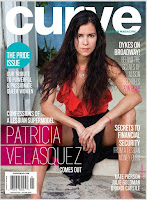
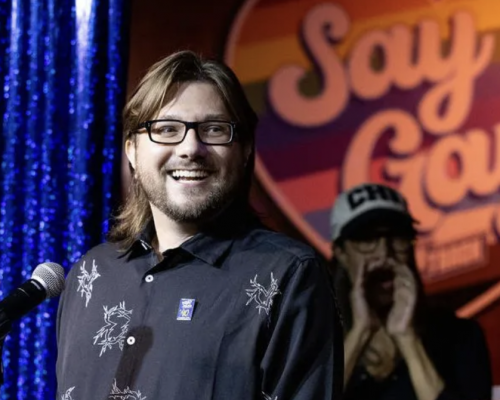
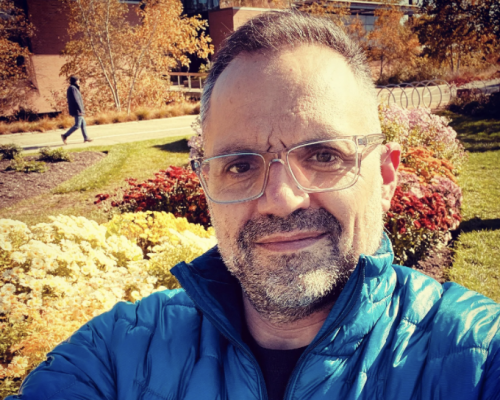

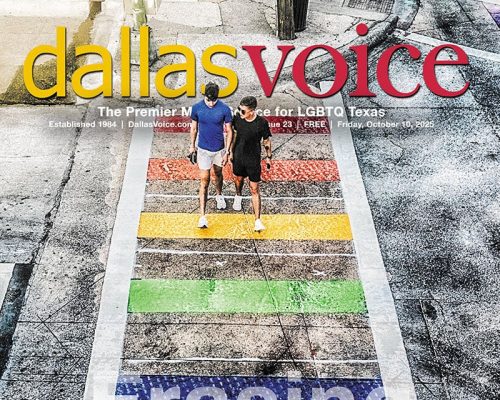

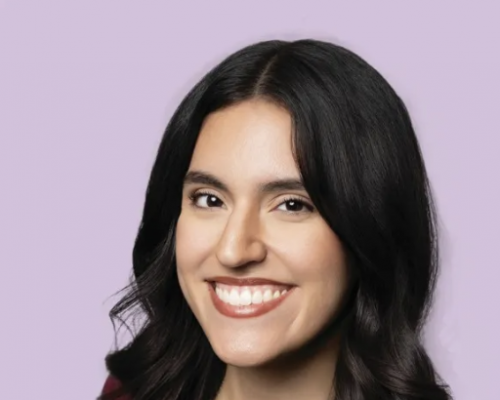
Comments
"Our daily job is to keep lesbian visibility on the agenda." Thank you Merryn! Well said.
Indeed. So uplifting!
~me and Adam